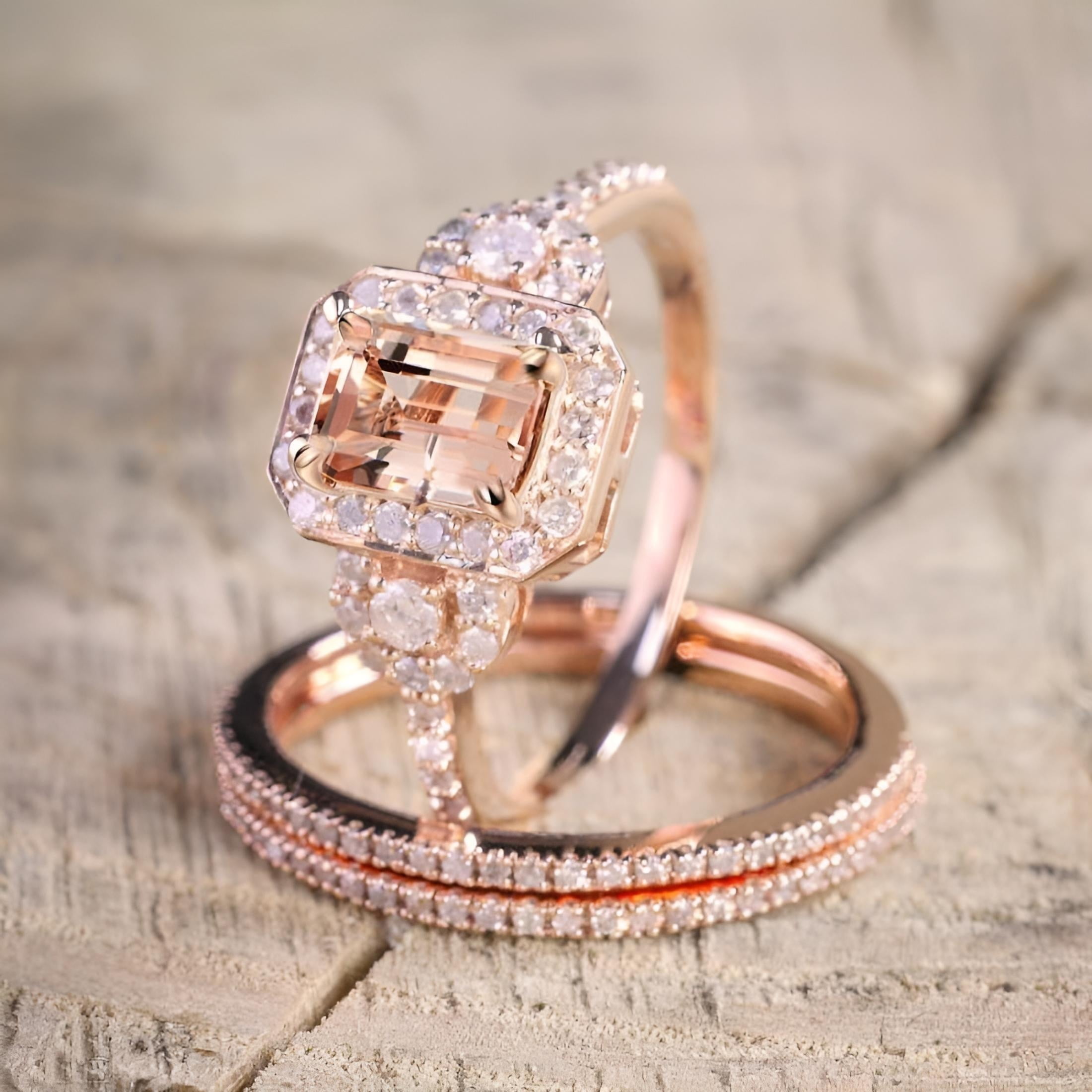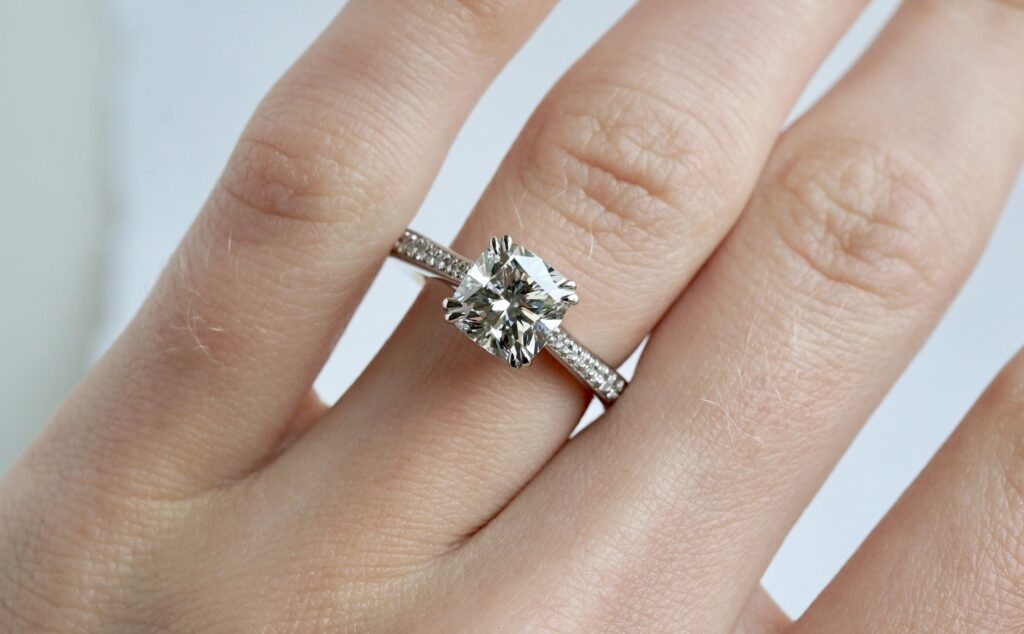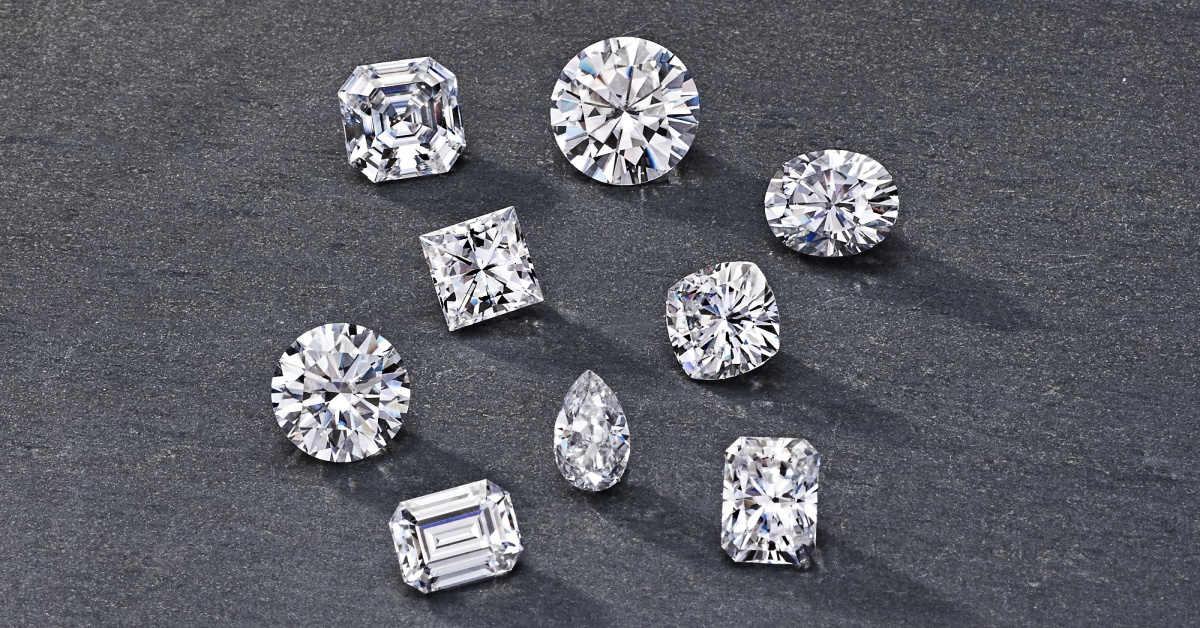Choosing the Perfect Diamond: The 4 C’s Chart Breakdown

Diamonds have long captivated our fascination with their brilliance and charm. However, behind their shimmering excellence lies a complex evaluating framework known as the diamond 4 c chart. Grasping these four critical factors — Cut, Color, Clarity, and Carat Weight — is fundamental for anybody hoping to purchase a precious stone. We should dig into each aspect to demystify how they influence a precious stone’s worth and appearance.
Grasping the 4 C’s
Cut
The cut of a precious stone is in many cases considered the most crucial factor in deciding its brilliance and shimmer. It doesn’t allude to the jewel’s shape (like round or princess), but instead how well its facets interact with light. A very much cut jewel reflects light starting with one facet then onto the next and projects it through the highest point of the stone, creating that captivating shimmer we as a whole respect. Factors such as extents, evenness, and clean all assume significant parts in assessing the cut nature of a precious stone.
Color
Diamonds come in a spectrum of colors, going from colorless to yellow or brown, and, surprisingly, uncommon regular tints like blue or pink. The Gemological Foundation of America (GIA) grades diamonds on a scale from D (colorless) to Z (light yellow or brown). The less color a jewel has, the more significant it is, as color can reduce the brilliance of the stone. Be that as it may, colored diamonds, especially normally occurring ones, can be exceptionally valued for their remarkable tints.
Clarity
Clarity estimates the presence of inner inclusions and outer imperfections in a precious stone. These normal characteristics are many times framed during the precious stone’s development profound inside the earth. The GIA grades clarity on a scale going from Faultless (no inclusions or imperfections apparent under 10x magnification) to Included (inclusions apparent to the unaided eye). A jewel with less inclusions and flaws is more uncommon and thusly more significant, yet most diamonds have imperfections that can affect their brilliance and transparency.
Carat Weight
Carat weight essentially alludes to how much a precious stone gauges. One carat is comparable to 0.2 grams. While carat weight affects a precious stone’s size, it doesn’t necessarily decide its quality or brilliance. A bigger precious stone of lower quality might be less important than a more modest jewel with excellent cut, color, and clarity. It’s vital for balance carat weight with the other three C’s to track down a precious stone that fits both your financial plan and your preferences for brilliance and size.
Instructions to Utilize the 4 C’s Chart
Assessing Precious stone Quality While assessing jewel quality, understanding the exchange among the 4 C is crucial. For instance, a precious stone with a lower color grade yet excellent cut and clarity might show up more splendid than a jewel with higher color however less fortunate cut and clarity. About finding the right balance suits your own taste and financial plan.
Choosing the Right Precious stone Your choice of jewel ought to reflect your needs — whether you esteem size, brilliance, or extraordinariness. For the people who focus on size, sacrificing a piece on color or clarity might be acceptable to achieve a bigger carat weight affordable for them. Conversely, somebody who values brilliance and shimmer might pick a more modest precious stone with higher cut and clarity grades for most extreme light performance.
Famous Jewel Cuts and their Characteristics
Round Cut Diamonds Round cut diamonds are the most famous and classic choice, known for their exceptional brilliance. Their symmetrical shape takes into consideration greatest light return, making them ideal for engagement rings and other jewelry settings where shimmer is central.
Princess Cut Diamonds The princess cut precious stone is a square or rectangular-formed jewel with pointed corners. It combines the brilliance of a round cut with a contemporary square shape, pursuing it a well known decision for present day engagement rings.
Other Famous Precious stone Cuts Emerald, cushion, pear, and marquise cuts offer exceptional shapes and appearances that enticement for changed preferences and styles. Each cut has own characteristics influence how light interacts with the jewel, affecting its general brilliance and shimmer.
Precious stone 4 C Chart and Market Patterns
Current Patterns in Jewel Preferences Consumer preferences in diamonds are constantly developing. While classic round and princess cuts stay immortal top picks, lab diamonds, there’s a developing interest in special cuts and shapes that reflect individual style. Colored diamonds, especially those with normal tints like blue or pink, are additionally acquiring fame for their unique case and distinction.
Future Directions in Jewel Industry Advancements in technology are upsetting the precious stone industry, particularly in precious stone reviewing and identification of synthetic diamonds. Ethical and feasible practices are likewise becoming more critical as consumers demand transparency in precious stone sourcing and manufacturing processes.
Conclusion
The Precious stone 4 C Chart fills in as a comprehensive aide for understanding and assessing diamonds in view of cut, color, clarity, and carat weight. By getting a handle on the significance of each C and how they interconnect, you can pursue an educated choice while purchasing a precious stone that lines up with your preferences and spending plan. Whether you focus on brilliance, size, or extraordinariness, the 4 C’s enable you to find a jewel that genuinely sparkles, both in a real sense and metaphorically, for quite a long time into the future.






